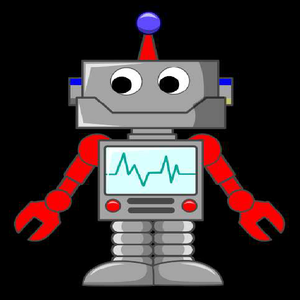Trev the Triff
Audience: KS2
Subject: Maths
Topic: Addition, subtraction, multiplication, division, multi-step problem, averages
Question: Should Trev hire the new machine or stick with the old one?
Author: Anne de A’Echevarria
Description
Trev is the boss of a Robot Packing Factory on planet Triffen. He has been having some trouble with his Robot Packing Machine and decides to compare its profitability with that of a brand new one. He’s finding the calculations a little tricky, so KS2 Maths students are invited to help him out. The problem involves addition, subtraction, multiplication and division, including the calculation of averages. The reliability of statistics and data can also be considered.
While students must make accurate calculations and solve multi-step maths problems, the answer to Trev’s problem is open-ended.
‘Trev the Triff’ could be used diagnostically within the maths curriculum to assess pupils’ ability to decide which operations and methods they need to use to solve a multi-step problem, as well as their confidence in working together to explore and justify their ideas.
At each level (basic, standard, advanced) an added cost to Trev is brought in. For example, in the medium set of slips, students are introduced to the fact that the machines need staff to operate them. Although these extra considerations allow differentiation and therefore change the overall numbers involved, what the students’ decision is based on doesn’t change. This means the whole class can still be engaged in the same story together.
Depending on abilities, and which level is chosen, we recommend that this mystery can be used with Year Five but also top set Year Four.
Original images of 'Triffs' come from www.awaywiththepixels.com
- To solve a multi-step problem, deciding which operations and methods to use and why;
- To add and subtract numbers up to 4 digits either mentally or using a written method;
- To use place value, known and derived facts to multiply and divide mentally, including dividing by 10, multiplying together three numbers, and calculating averages.

